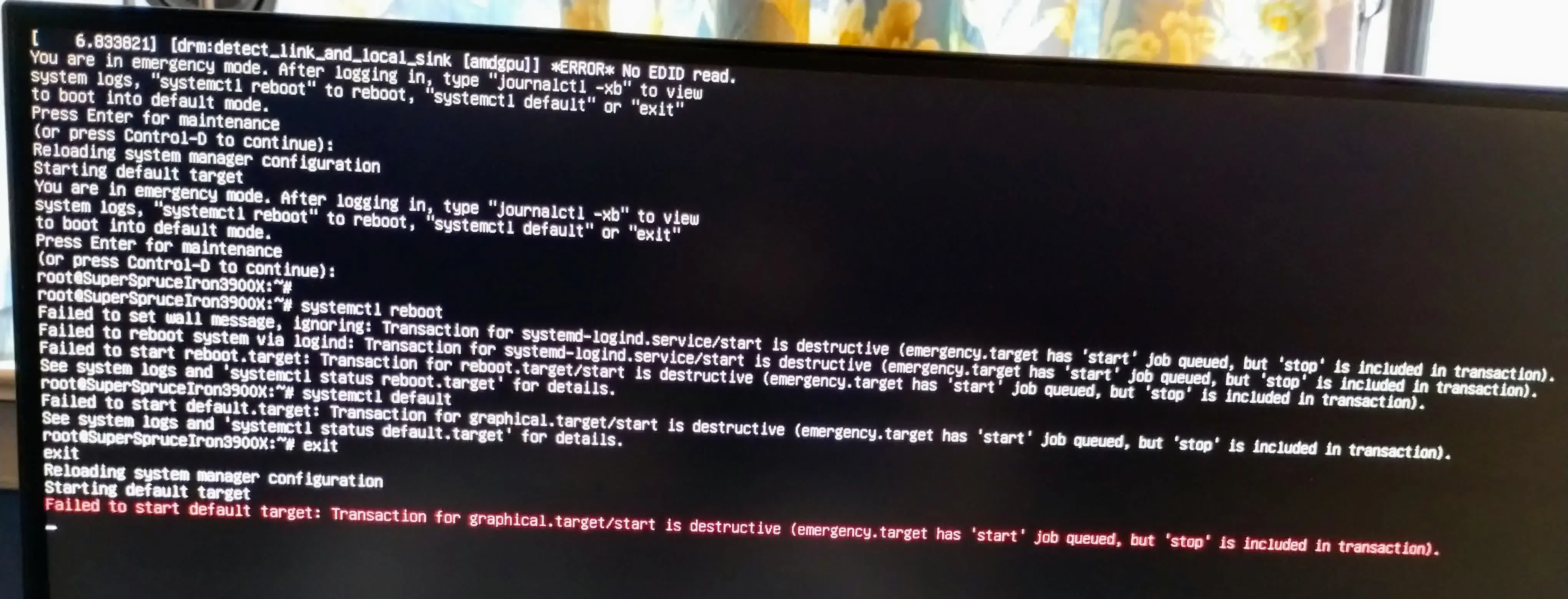this post was submitted on 21 Dec 2023
56 points (91.2% liked)
Linux
48363 readers
1375 users here now
From Wikipedia, the free encyclopedia
Linux is a family of open source Unix-like operating systems based on the Linux kernel, an operating system kernel first released on September 17, 1991 by Linus Torvalds. Linux is typically packaged in a Linux distribution (or distro for short).
Distributions include the Linux kernel and supporting system software and libraries, many of which are provided by the GNU Project. Many Linux distributions use the word "Linux" in their name, but the Free Software Foundation uses the name GNU/Linux to emphasize the importance of GNU software, causing some controversy.
Rules
- Posts must be relevant to operating systems running the Linux kernel. GNU/Linux or otherwise.
- No misinformation
- No NSFW content
- No hate speech, bigotry, etc
Related Communities
Community icon by Alpár-Etele Méder, licensed under CC BY 3.0
founded 5 years ago
MODERATORS
you are viewing a single comment's thread
view the rest of the comments
view the rest of the comments

You're most likely booted, otherwise you might need a live USB. Hopefully, the system isn't in read-only mode. What I'd recommend doing is:
To make a copy once. Then,
nano /etc/fstabto run nano, a basic CLI editor. You can use the arrow keys to navigate and type freely in it. The hints like^Oshown on the bottom mean ctrl+o.You'd use the arrow keys to go down to the line that probably says
/dev/md0 /mnt/raid morecrap, put a#in front of it, press ctrl+w then enter to save. If that worked, ctrl+x to exit and try arebootagain.Obviously can't promise this is "the" error preventing the system from booting, but it's generally a good idea to disable broken stuff like this to get the system working again, then fix it from there. Hopefully, this does the trick. Your RAID setup will not be activated on reboot after you do this but it's not going to permanently delete data or anything.
I used nano to edit /etc/fstab and commented out the last line and the system booted into GUI mode!
This leaves me with some questions:
Looks like you need to look for messages about /dev/md0 and why it may be timing out. Also maybe add nofail to the raid entry in fstab so you can still boot if the root fs is not on it and it fails ( is root on NTFS possible or good?)
I don't think the edid message is a problem, just an artifact of your monitor not talking to your video card?
Maybe NTFS is the problem, I think it needs special options to automatically remove the dirty bit and replay the journal